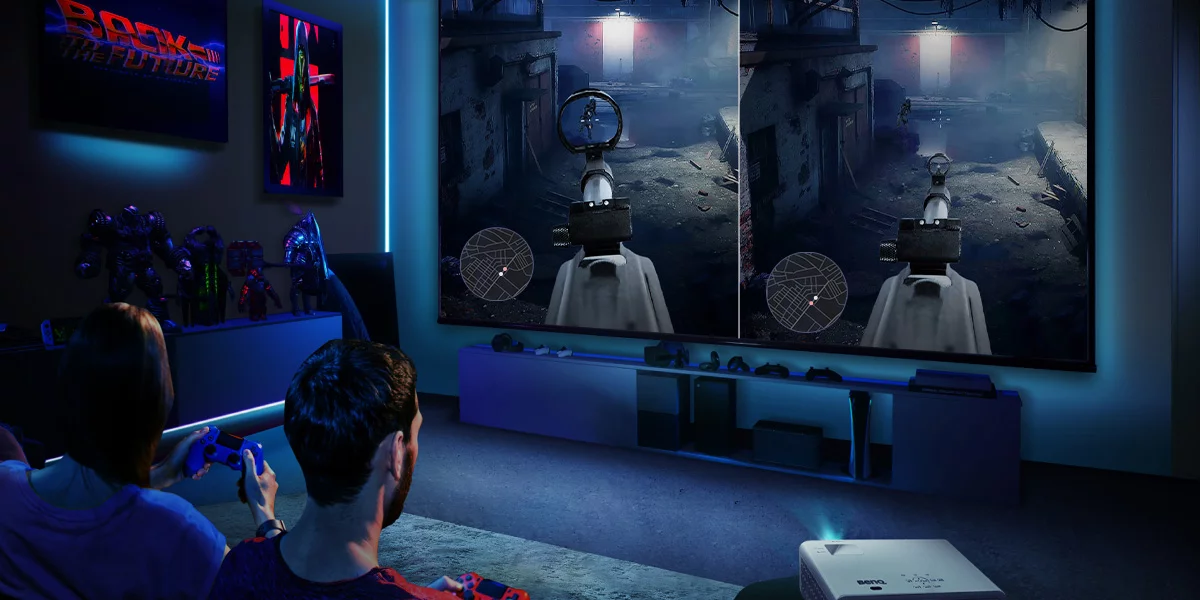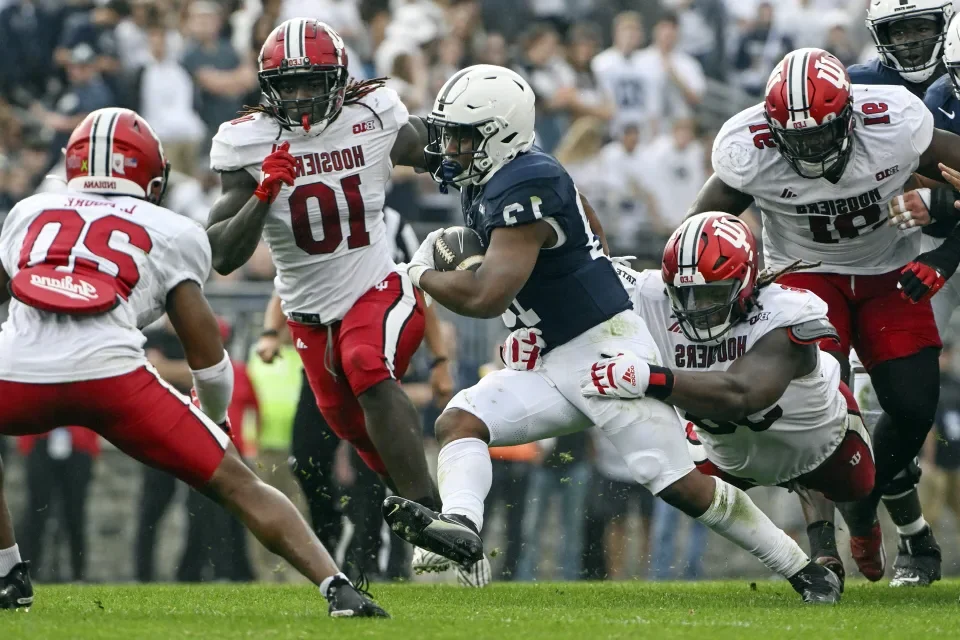Split-screen gaming, once a beloved feature among friends and family, is gradually disappearing from the gaming landscape. As the industry evolves and online multiplayer becomes increasingly prevalent, the demand for split-screen support has waned. But what factors are contributing to this decline, and what implications does it have for gamers?
- Rise of Online Multiplayer: The advent of high-speed internet and the proliferation of online gaming platforms have revolutionized multiplayer experiences. Gamers now have the option to connect with friends and strangers from around the world without ever leaving their homes. As a result, the need for split-screen multiplayer, where players share a single screen, has diminished.
- Focus on Graphics and Performance: Game developers are constantly pushing the boundaries of graphics and performance to deliver visually stunning experiences. Achieving high resolutions and smooth frame rates is a priority for many modern titles, and split-screen support can often compromise these goals. As a result, developers may opt to prioritize graphics and performance over split-screen functionality.
- Changing Social Dynamics: With the rise of online multiplayer, gaming has become more social than ever. Instead of gathering around a single screen, players now connect with friends virtually, using voice chat and online communities. This shift in social dynamics has made split-screen gaming less appealing to some, as the convenience of online play outweighs the need for local multiplayer.
- Cost and Development Challenges: Implementing split-screen support requires additional resources and development time, which can be costly for game developers. As studios face increasing pressure to deliver games on time and within budget, split-screen functionality may be viewed as a low priority compared to other features and content.
While split-screen support may be fading away in many modern games, it’s not entirely obsolete. Some developers still recognize the value of local multiplayer experiences and continue to include split-screen modes in their games. Additionally, the nostalgia factor associated with split-screen gaming ensures that it will always have a place in the hearts of many gamers.
In conclusion, the decline of split-screen support in games can be attributed to various factors, including the rise of online multiplayer, a focus on graphics and performance, changing social dynamics, and cost and development challenges. While the future of split-screen gaming may be uncertain, its legacy as a cherished gaming tradition remains intact.





